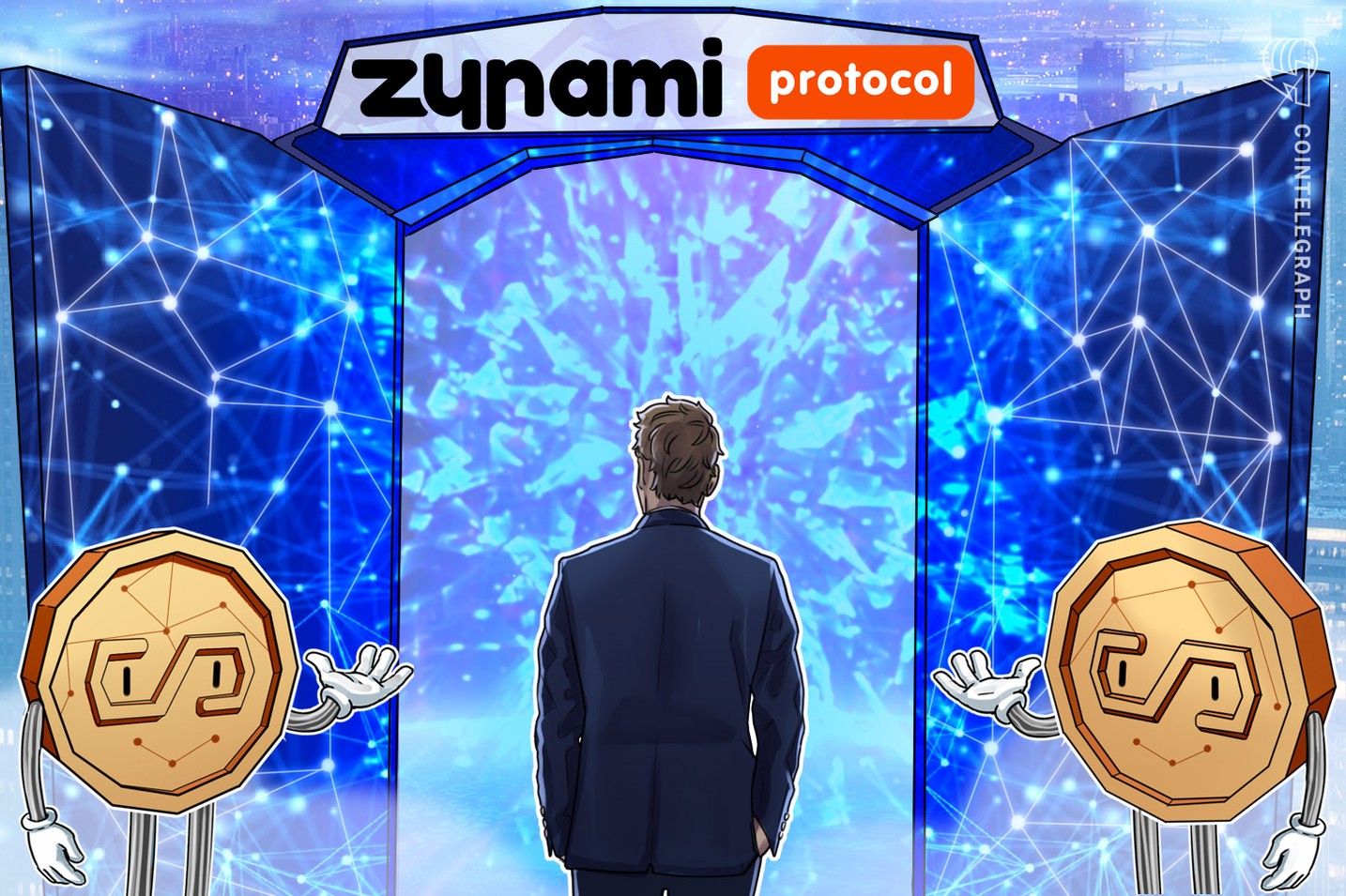Inflation is increasing, and alongside them are growing interest rates. That is, on everything but your savings held in the bank. The sad reality is in 2021, the average American savings account is only paying 0.06% interest annually, with neighboring countries, including Canada offering little more. Since banks don’t want users’ money, those who have their life earnings in a savings account have little hope to grow their wealth. For this reason, traditional finance is quickly being beaten out by decentralized finance (DeFi), a concept that eliminates the middleman, thereby reducing fees, and opens the door to many in need of leverage, and ultimately resulting in the opportunity to earn higher returns.
Unfortunately, as it currently stands, many find cryptocurrency too complex to get started, limiting their options solely to the bank. And, even those who are willing to take the plunge often lack the deep understanding necessary to navigate the ever-changing and extremely volatile market. For this reason, many have begun flocking to stablecoins as an alternative that seeks to leverage the best of two very different worlds.
Stablecoins peg their value to a relatively stable asset. Those that have made their offerings clear in a transparent manner have become popular choices for those interested in trading digital assets. However, to open these opportunities up to everyday users, a reliable solution for stablecoin deposits has continued to be seen as necessary. One, that even the person who considers themselves the least “tech-savvy” can use.
Zunami is addressing this market space with one of the first automated asset managers. Their solution, which only works with stablecoins, was released with the main objective to create a safe and profitable alternative to traditional banking deposits. With smart contracts, advantageous strategies are identified, and holders are allowed to earn higher interest rates on their Tether (USDT), Dai (DAI) or USD Coin (USDC) stablecoins. With their solution, Zunami aims to provide users with automatic pool selection, straightforward interactions, automatic sale and reinvestment, along with a transaction streamlining mechanism.
Addressing the modern world of DeFi
In addition to the user experience, modern DeFi protocols still face challenges around how frequently interest rates change in yield-farming pools. While this is great for those constantly on the lookout for new projects, it also concerns those looking for more stable growth opportunities. For this reason, one of Zunami’s main features includes automatic sale and reinvestment of earned rewards to APY. Daily rebalancing has since been reported to bring a user an average of 25% more income than would be earned in a single profitable pool.
Kirill Kozlov, the CEO of Zunami Protocol, shares his outlook:
“The future of financial services will be defined by those who can find the golden ratio in DeFi infrastructure building. By releasing the app with low threshold entry, low commissions, and high returns, we aim to incentivize people to enter the new era of financial opportunities safely and effortlessly by harnessing the potential of stablecoins to level up risk-free income.”
Ringing in the new year with a decentralized autonomous organization (DAO)
The team proudly sits on a yield-generating formula and the operational Zunami application, both of which have gone through several improvements to get where it is today. Looking out a year, the team has foreshadowed additions, including smart-contract audits, additional blockchain rails support, self-repaying loans and deposits with a fixed rate, which will be followed by the creation of the Zunami DAO in the third quarter of 2022.
For those interested in sharing their contributions to the team’s vision and writing the Zunami story, an Ambassador Program is also available for users to participate in.
Disclaimer. Cointelegraph does not endorse any content or product on this page. While we aim at providing you with all important information that we could obtain, readers should do their own research before taking any actions related to the company and carry full responsibility for their decisions, nor can this article be considered as investment advice.
